Is the naming of the two flash architectures related to differences between the two types of logic gates? If so, how?
Why does or doesn't this difference also apply to different DRAM or SRAM configurations or layouts?
(This question is not about the R/W performance or usage differences between NAND and NOR flash, which has already been asked here: What are the differences between NAND and NOR flash? )
